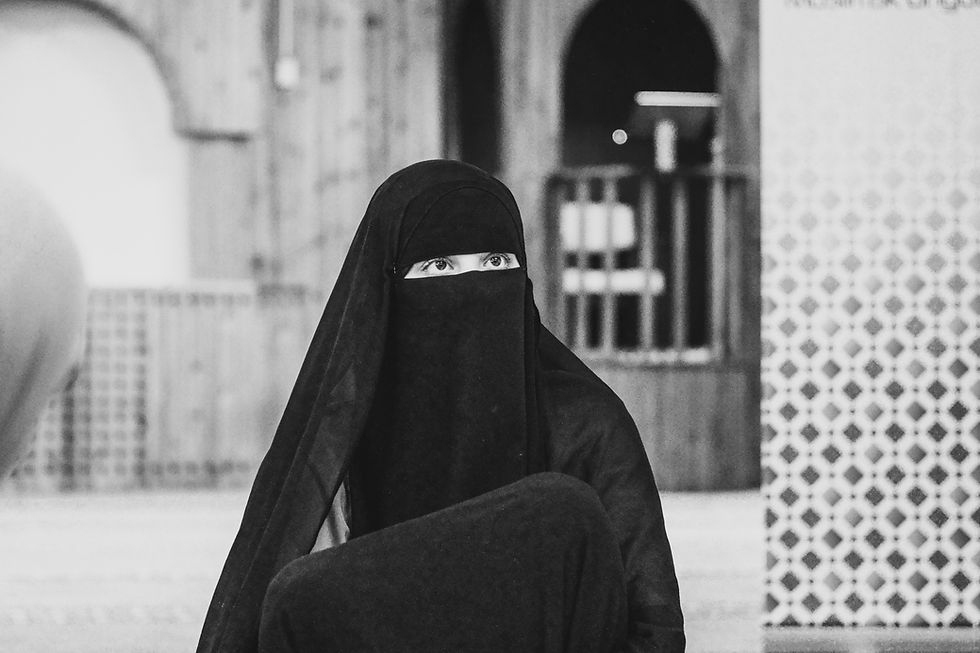Are the use of taser disproportionate saved for members of the black population?
- Helin Tezcanli

- Jun 24, 2020
- 2 min read

A young man who was tasered and paralysed last month by police officers in London believes he was targeted because he is black.
Jordan Walker-Brown, 24, said he was running from the two officers from the Territorial Support Group (TSG) as he was carrying a small amount of cannabis on the 4th of May in Haringey. Jordan is paralysed from the chest down, and according to doctors, will never walk again.
The Independent Office for Police Conduct (IOPC) is examining the incident, and the officer who fired his stun gun is being investigated for grievous bodily harm and has been placed on restricted duties. The police watchdog will survey the interaction between officers and Jordan and see if the role of ethnicity played a part in decisions taken that day.
A total of nine officers were at the scene; however, none of them have been suspended. Jordan's solicitor, Raju Bhatt, thinks that IOPC should have had a more prolonged investigation into all of the officers at the scene.
Jordan maintains that the officers were not entitled to use tasers as he did not pose a threat to them and that he was just running away.
This incident comes as there are growing concerns about the disproportionate use of tasers on black men.
Recent figures from April 2018 to March 2019 show that in England and Wales, 20% of incidents involving the use of a taser also included a black person, despite Black/African/Caribbean/Black British people making up 3% of the population. It must be noted that these noted incidents of the use of tasers include both times when they were discharged and times where they were not discharged but instead only aimed or drawn.
Police officers are allegedly nearly eight times more to draw tasers against black people in England and Wales, according to Home Office figures. And almost 7,000 officers in the Met police carry stun guns, a number which is set to rise by 3,000 in 2022.







Comments